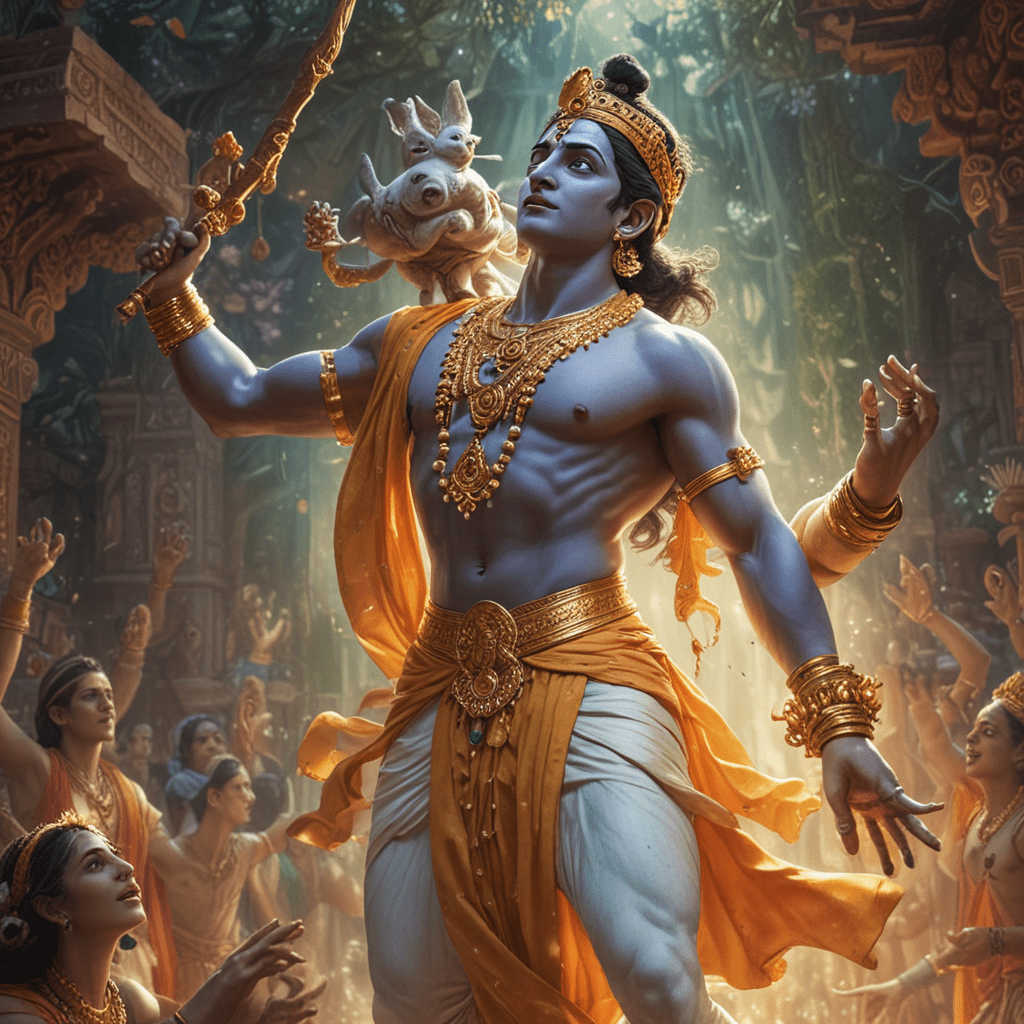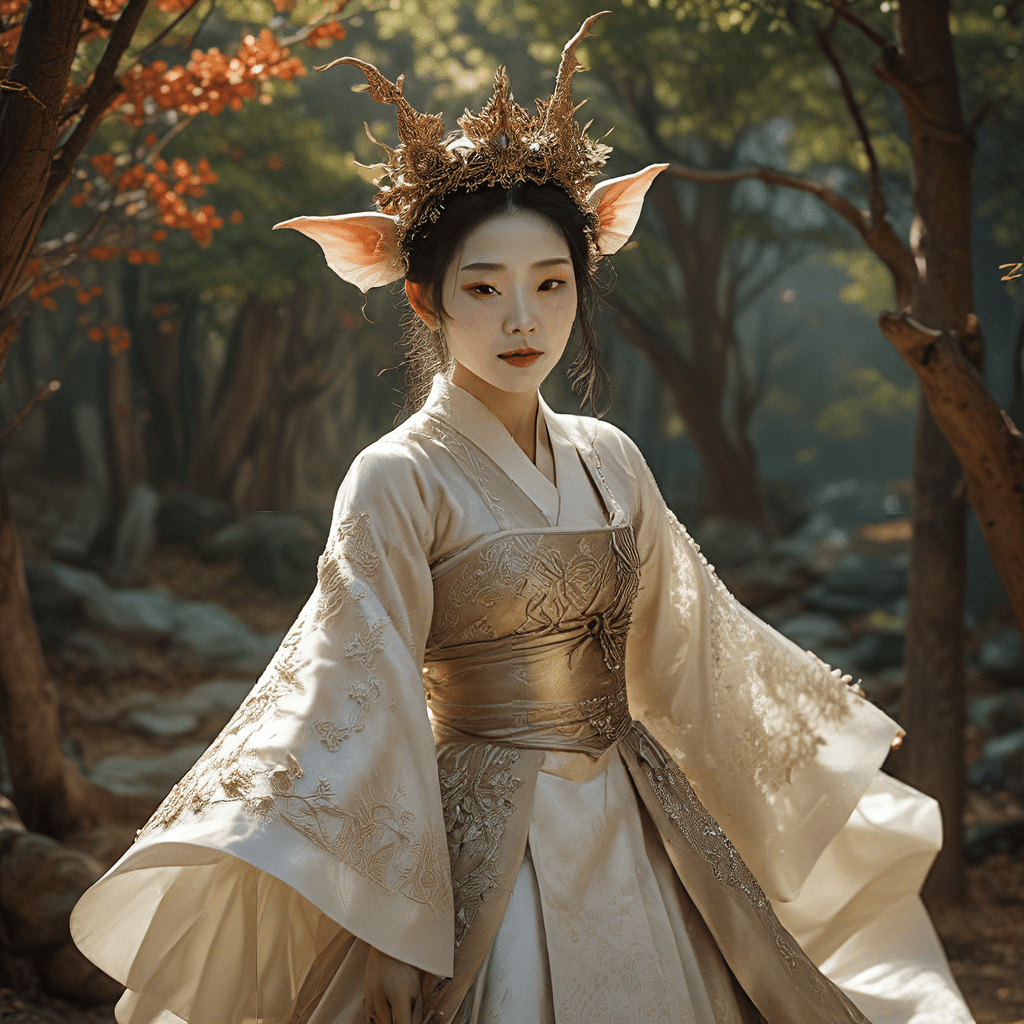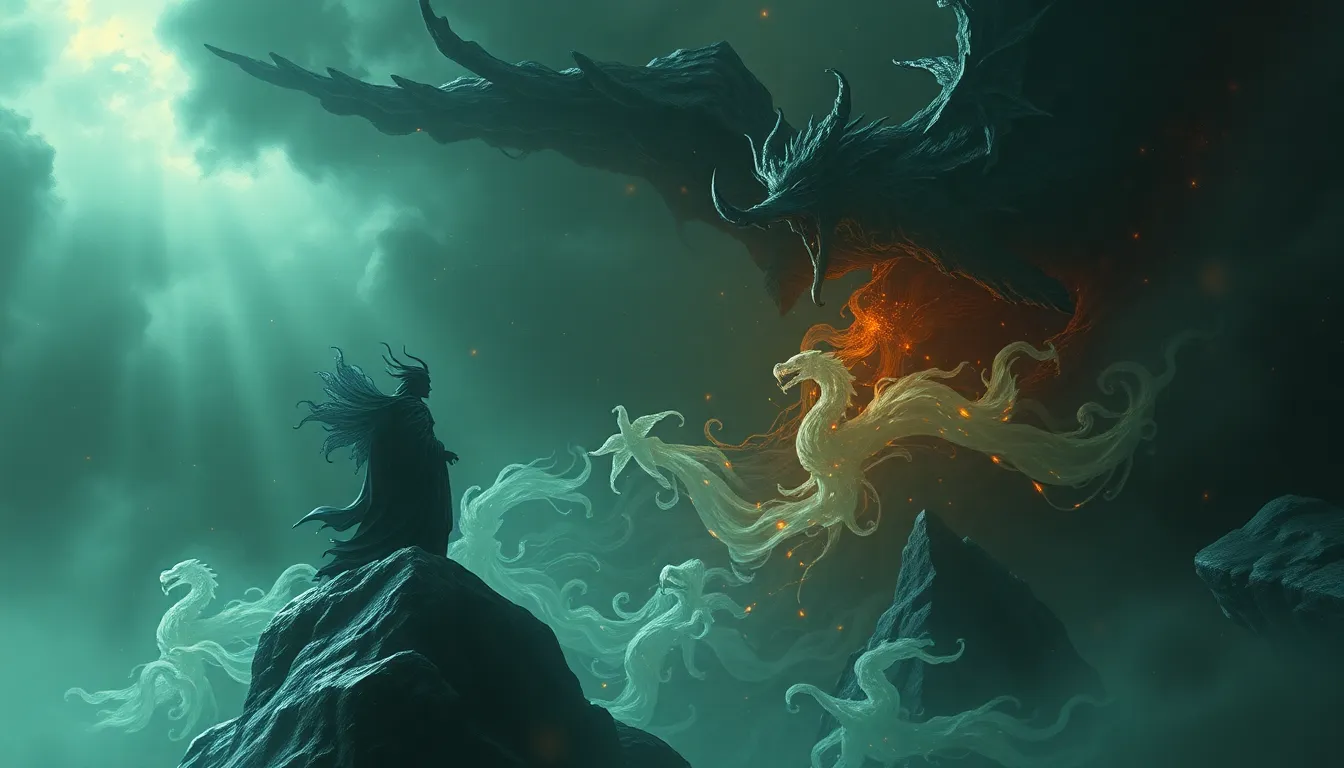The Mythological Roots of Balarama
Balarama, also known as Baladeva, is a prominent figure in Hindu mythology. His existence is rooted in Vedic texts, but his character is extensively developed in the Puranas and the epic Mahabharata. Balarama is considered the elder brother of Krishna, the eighth avatar of Vishnu. The two are often depicted together as a divine duo, representing strength, protection, and fertility.
Balarama as the Elder Brother of Krishna: The Divine Duo
As Krishna's elder brother, Balarama holds a unique position in Hindu mythology. He is both a fierce warrior and a source of wisdom and protection for Krishna. Together, they represent the complementary aspects of divine power: Krishna's cunning and wisdom paired with Balarama's physical prowess and unwavering loyalty. The bond between the brothers is unbreakable, symbolizing the unity of divine forces in overcoming adversity.
Balarama's Birth and Early Life: A Miraculous Beginning
Balarama's birth is a miraculous event in Hindu mythology. He is said to have been born from the eighth hair of Vishnu, which was implanted in the womb of Devaki, Krishna's mother. His entry into the world is marked by divine signs and prophecies, foreshadowing his extraordinary role in the events to come. Balarama's childhood is filled with stories of his superhuman strength and mischievous nature, as he protects Krishna and the Yadava clan from various threats.
Balarama's Extraordinary Abilities: Strength and Weaponry
Balarama is renowned for his exceptional physical strength. He wields the plow, a symbol of agriculture and protection. This mighty weapon is said to be capable of shattering mountains and crushing armies. In addition to his physical prowess, Balarama possesses mastery over various weapons, including the mace and the discus. He is also known for his skill in archery and wrestling, making him a formidable warrior on the battlefield.
The Symbolism of Balarama's Plow: Agriculture and Protection
Balarama's plow holds immense symbolic significance in Hindu mythology. It represents his connection to the earth and his role as a protector of both crops and cattle. The plow is a symbol of fertility and sustenance, reminding us of the importance of agriculture in ancient society. Balarama's association with the plow highlights his dual nature as a mighty warrior and a guardian of the people's livelihood.
Balarama and the Battle of Kurukshetra: A Powerful Ally
In the epic Mahabharata, Balarama plays a pivotal role in the Battle of Kurukshetra. Despite his initial reluctance to participate, he eventually joins the Pandava side, lending his immense strength and strategic prowess to the battle. Balarama's presence inspires the Pandava army and demoralizes the Kauravas. His actions on the battlefield demonstrate his unwavering loyalty to Krishna and his commitment to upholding justice.
Balarama’s Role as the Protector of the Yadavas
Beyond his role in the Mahabharata, Balarama is also considered the protector of the Yadavas, the clan to which Krishna belongs. He safeguards them from external threats and ensures their prosperity. Balarama's protective nature extends not only to the Yadavas but to all who seek refuge with him. He is known for his compassion and willingness to defend the innocent and oppressed.
The Worship of Balarama in Hindu Culture
Balarama is widely worshipped in Hindu culture. He is often depicted as a tall, muscular figure, wielding a plow and accompanied by his vahana, a white horse. Devotees pray to Balarama for protection, strength, and agricultural abundance. Temples dedicated to Balarama are found throughout India, where he is revered as a symbol of divine power and benevolence.
Balarama’s Legacy: A Symbol of Strength and Devotion
The myth of Balarama continues to inspire and captivate people today. He represents the ideal of strength, loyalty, and unwavering devotion. His legend reminds us of the importance of protecting the innocent, upholding justice, and connecting with the divine through devotion. Balarama's legacy as a powerful warrior and a compassionate protector endures in Hindu culture and beyond.
FAQs
Q: Who is Balarama?
A: Balarama is the elder brother of Krishna and an incarnation of the serpent Shesha. He is known for his exceptional strength, loyalty, and role as a protector.
Q: What is Balarama's connection to agriculture?
A: Balarama is associated with the plow, a symbol of agriculture and fertility. He is considered the protector of crops and cattle, ensuring the prosperity of the people.
Q: How is Balarama worshipped?
A: Balarama is worshipped in Hindu culture as a symbol of strength and devotion. Temples dedicated to him are found throughout India, where devotees pray for protection, strength, and agricultural abundance.
Q: What is Balarama's role in the Mahabharata?
A: Balarama plays a pivotal role in the Battle of Kurukshetra, lending his strength and strategic prowess to the Pandava side. He is considered a powerful ally and a symbol of unwavering loyalty.
Q: Why is Balarama important?
A: Balarama represents the ideal of strength, loyalty, and devotion. His legend reminds us of the importance of protecting the innocent, upholding justice, and connecting with the divine through devotion.



